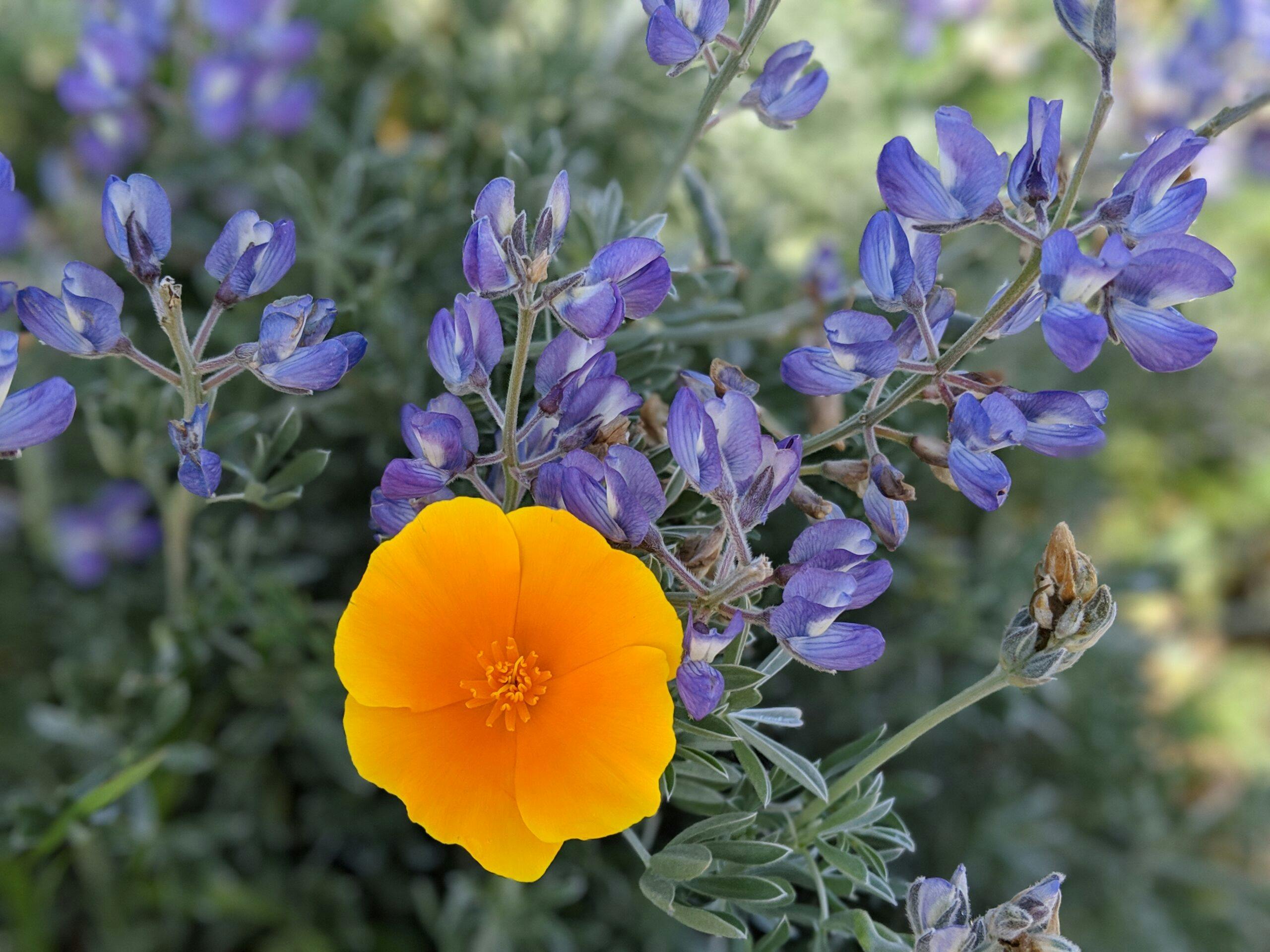Individual Actions Add Up to a Better Bay
Reduce Your Carbon Footprint
Many of our daily activities, like driving a car and using electricity, create greenhouse gas emissions. Together, these emissions make up your carbon footprint. You can offset your own footprint with these simple tips.
Reduce Food Waste by Composting
Food scraps like orange peels and apple cores, and yard waste like fallen leaves or grass, currently make up more than 30% of what we throw away. When food scraps end up in a landfill they release methane, a potent greenhouse gas that contributes to climate change. We can prevent food scraps from ending up in landfills by composting. Composting is nature’s way of recycling. The process takes organic material and breaks it down, creating compost which helps retain water in soil and acts as a natural fertilizer. Thinking about composting? Check out these resources to learn more and find out how to get started.
Ditch Single-Use Disposables
8 billion metric tons of plastic goes into the ocean every year. 80% of plastic in our oceans is from land-based sources, and only 9% of plastic ever produced has actually been recycled. Food and beverage service ware (utensils, straws, takeout bags, cups, etc.) are all too common in our oceans and on our beaches. We need to stop it at the source to reverse the plastic pollution crisis. Get reusable items to replace disposable ones, encourage restaurants you love to reduce single-use disposable items, utilize reusable items (don’t forget to carry them with you!), and get involved with your local government to influence source reduction policy.
Conserve Water
Water is a precious and scarce resource. There are countless ways to safeguard water.
Grow Native Plants
Planting California native plants can help save water, reduce pesticide use and provide habitat for pollinators and wildlife. Incorporating the use of native milkweeds also helps the declining population of western monarchs.
Consume Sustainable Seafood
Purchasing and consuming sustainable seafood helps wide-ranging efforts to increase ocean health. Seafood from sustainable producers often means that the fishing is conducted in a manner that doesn’t overexploit the fish being harvested. In other cases, the fishery operates with less bycatch, or harvest methods that protect ocean habitats. Thankfully, companies are increasingly incorporating better working conditions and fair-trade economics into their commercial fishing business practices. Through tools from Monterey Bay’s Seafood Watch and NOAA Fisheries you can ensure that your choices are sound.
Contribute to Citizen Science
Citizen science is a great way for everyone to contribute to biodiversity science. With tools such as iNaturalist and eBird, you can share your observations with both those in your community and scientists worldwide who can find and use your data.
Leave No Trace
Following the seven Leave No Trace principles is best practice for enjoying the outdoors while protecting our open and natural spaces. Simply put, leave what you find behind and take back what you bring with you. The Leave No Trace philosophy can be applied whether you’re exploring the backcountry or exploring your own neighborhood. Together, we can sustain the environment for the enjoyment of future generations to come.
